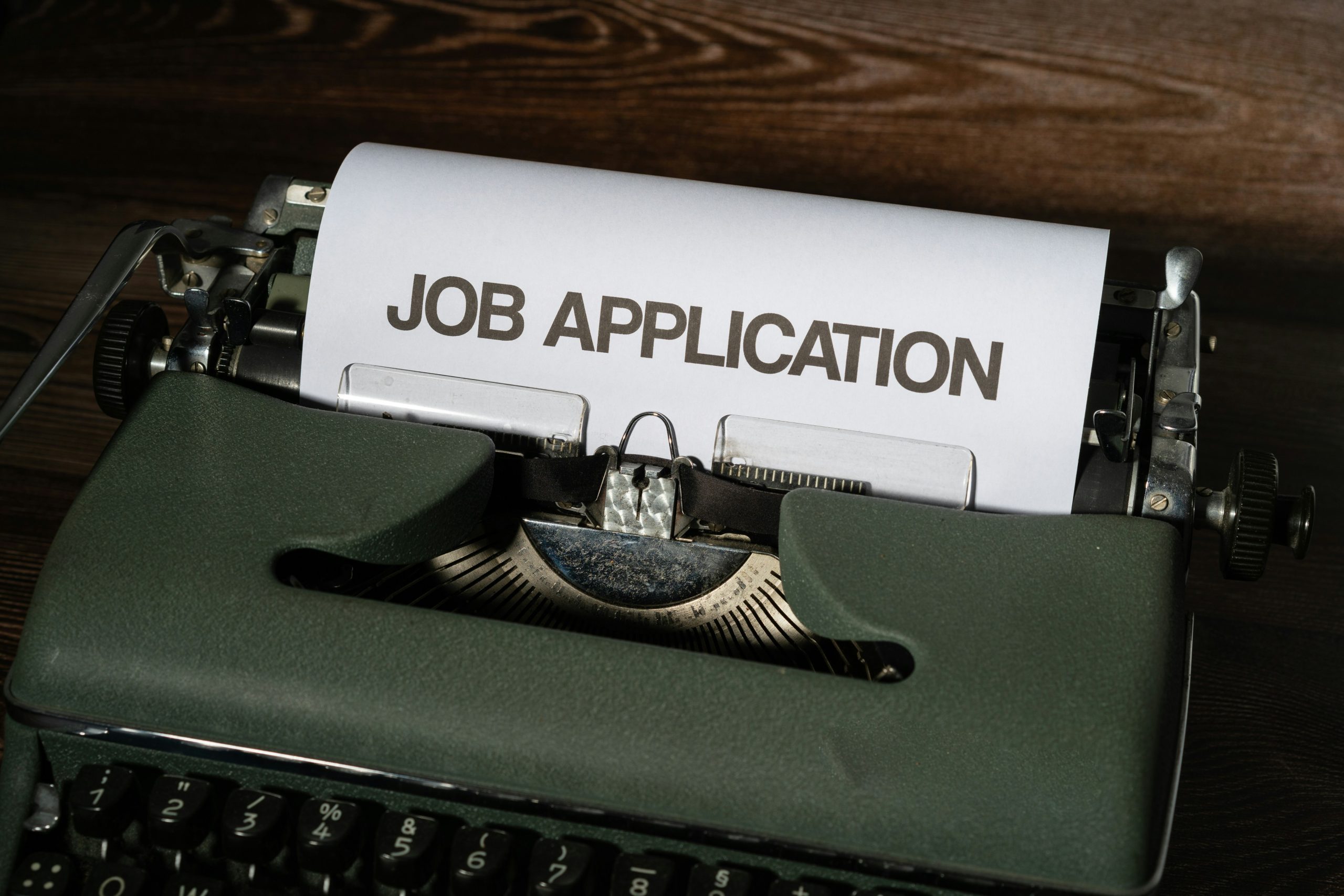Introduction
Not long ago, I started working on a project that aimed to simplify the process of managing resumes and job applications using the Power Platform. What began as a basic form and workflow quickly evolved into something more dynamic as I looked for ways to reduce the number of clicks and make the process more intuitive for both applicants and HR professionals. That exploration led me to combine Power Apps, Power Automate, Copilot Studio, and AI Builder into a unified system that could intelligently capture candidate data, classify uploaded resumes, and guide users through the application process—all while maintaining flexibility and control in Dataverse.
This blog series will walk through the full lifecycle of building what I now call the Talent Intake System—a modular, AI-assisted solution designed to streamline intake and classification of resumes. Whether you're new to low-code development or looking to bring intelligent automation into your workflows, this series will provide real-world guidance that’s both practical and scalable.
Why Automate Resume and Application Workflows?
In many organizations, the process of handling job applications is still highly manual—collecting resumes, tracking candidates in spreadsheets, and coordinating reviews across disconnected tools. This not only slows down decision-making but also increases the risk of missed steps, duplicate effort, and poor applicant experiences. I wanted to explore what it would look like to bring structure and intelligence to this process without introducing unnecessary complexity.
My goal was to build something lightweight but powerful—a system that could guide HR professionals through managing job postings and help applicants easily submit their information. From there, the platform would intelligently classify the data and tie everything back to a structured backend—without requiring extensive overhead or training. The Power Platform was the obvious choice. Its ability to rapidly deliver low-code solutions, integrate across Microsoft services, and provide a secure, scalable data layer through Dataverse made it the ideal foundation. More importantly, it allowed me to focus on solving the business problem without getting bogged down in infrastructure or custom development.
Project Goals: A Technical Perspective
From a technical standpoint, the primary goal was to minimize friction across the workflow by automating wherever possible—without sacrificing control, flexibility, or accuracy. That meant designing a system capable of:
- Reacting dynamically to user inputs,
- Extracting structured data from unstructured sources like resumes,
- Making contextual decisions using Copilot Studio,
- And routing that data through Dataverse-backed flows for consistent handling.
Each component—Power Automate, Copilot Studio, and Dataverse—was chosen not just for its capabilities, but for how well it fit into a modular architecture that could grow over time. The result is a low-code solution that does the heavy lifting behind the scenes, while staying user-friendly on the surface.
What to Expect from the Series
Each post in this series will break down a key component of the Talent Intake System. We’ll start with the core data structure in Dataverse, then walk through the Power Pages form that enables public resume submissions. From there, I’ll cover how I used Power Automate to trigger logic, AI Builder to extract and classify data, and Copilot Studio to make the system more adaptive and conversational. Finally, we’ll explore how to incorporate adaptive cards for human-in-the-loop input and wrap up with lessons learned and ideas for scaling the solution further.
Here’s the roadmap:
Post 1 – Introduction & Use Case Overview (You are here)
- Why automate resume workflows
- Technical and business goals
- Series overview
Post 2 – Building the Core: Dataverse Table Relationship Design and Model Driven app
- Candidate, Resume, Application, and Job Posting tables
- Schema structure and relational setup
- Core MDA for management
- Lessons learned
Post 3 – Power Pages: Creating a Public Application Submission Form
- Multi-step anonymous form
- File upload handling
- UI/UX considerations
Post 4 – Automating Resume Intake with Power Automate
- Trigger flows on upload
- AI Builder metadata extraction
- Adaptive card fallbacks
Post 5 – Enhancing with Copilot Studio: Classifying and Matching Applications
- Classify vendor and application type
- Agent-to-agent communication
- Matching logic and exception handling
Post 6 – Adaptive Cards and Human-in-the-Loop Input
- When to engage HR users
- Card design and responses in Teams
Post 7 – Lessons Learned and Future Enhancements
- What worked, what didn’t
- Scaling ideas (e.g., approvals, interviews)
- Power BI dashboards and next steps



